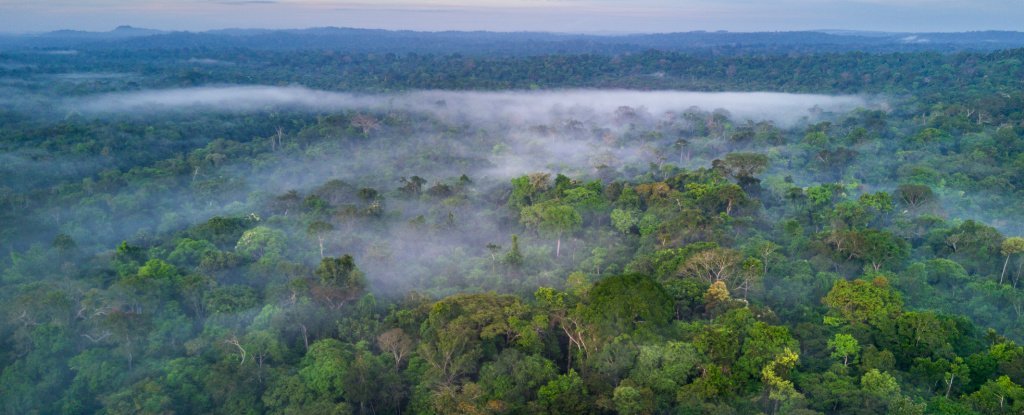The Amazon Rainforest is one of the world’s greatest carbon sinks, and it is home to a vast array of animal, plant, and fungus life. If we want to avoid the worst impacts of climate change, protecting them should be one of our generation’s top objectives.

Reports earlier this year made it clear that the combination of rising temperatures and decreasing rainfall caused by climate change, as well as Amazon fires and decades-long deforestation practices (primarily to make room for cows to graze and to grow food for cows – mostly GMO soy and corn) were having a significant and long-term impact.
The Amazon’s numerous pressures have conspired to put it on the verge of a critical tipping point in which the ecosystem may very well become more like an African Savannah than a dripping wet rainforest. This would decrease the amount of carbon sequestration by an amount that is hard to fathom, right when the world needs carbon sinks more than ever.

Fires have grown increasingly regular in the Amazon, which is surprising for a region that receives so much rain. However, the soils in rainforests are often thin.
When you destroy the trees in a rainforest, the shallow soil can soon dry up, which can lead to desertification. In a word, this is what has been happening in the Amazon for decades.

The area transitions from tropical rainforest to semi-permanent grassland. As the nutrients deplete, the land can no longer sustain cattle grazing, therefore additional land is removed — land that will be suitable for that purpose for a few years before losing its ability to support life. And the cycle has continued indefinitely.

Human activities are undeniably conducting a war of attrition against the natural world, but thankfully in the case of Amazon, the answers are clear: stop deforestation while drastically reducing greenhouse gas emissions.
Reference- Journal Nature Climate Change, National Geographic, CNN Report, BBC Earth






